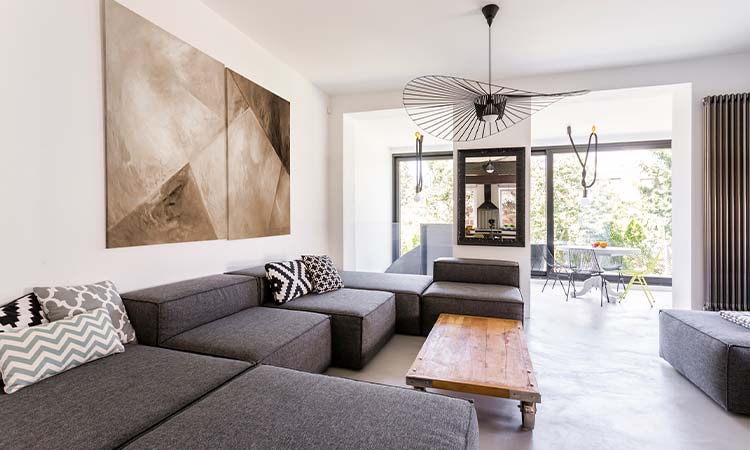Popular Mexico Destinations
We are USA owned and operated and don't use any third party vendors. We provide full chain of custody from pick-up to drop-off.
Cabo San Lucas Todos Santos Los Cerritos Los Barriles Mulege La Paz Loreto Mexico City Puerto Vallarta Tulum Cancun Playa Del Carmen Puerto PeñascoOur Promise to Our Customers
Here at US Border Movers we are not your typical moving company. We provide conceirge-type, white glove service to all our customers. We specialize in quality care from pickup to delivery for any moves within the United States, as well as between the US and Mexico. All relations at Border Crossings will be handled by us. We have over 30 years in the industry which have been anchored by the personal relationships we create with all of our customers.

Our Commitment to Our Mexican Communities
At US Border Movers we want to help improve the communities in Mexico that we serve. We bring wheelchairs, clothing, dog food, dog crates, church booths, and many other key items that are greatly appreciated and needed in some of the communities that we transport our clients to.

We are USA to Mexico Movers, and Mexico to USA Movers
US Border Movers provides a level of service to our customers that is unparalleled among moving companies specializing in moves to Mexico. Our seasoned agents are dedicated to minimizing the challenges associated with relocating. With over two decades of expertise, we guarantee the timely and secure delivery of your move, regardless of its size.
What Our Customers are Saying:
Certified top-rated mover in Phoenix by LocalMovers
